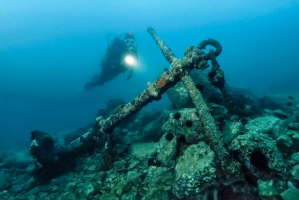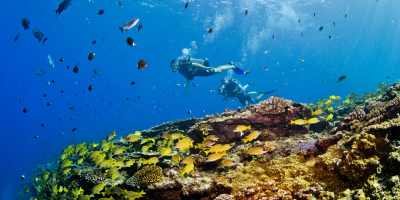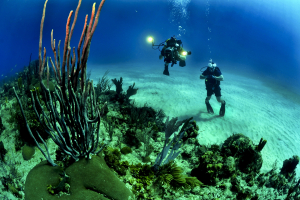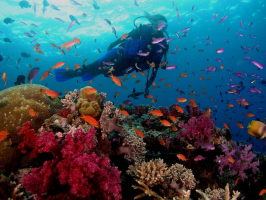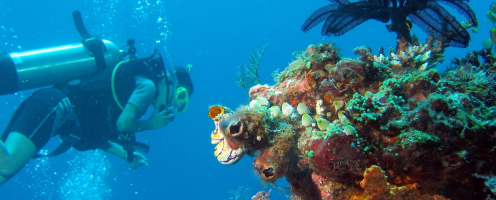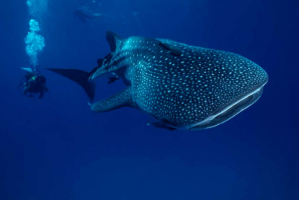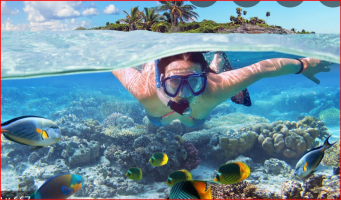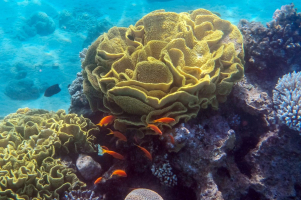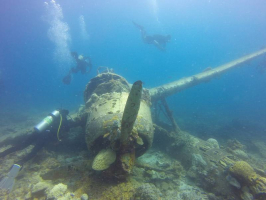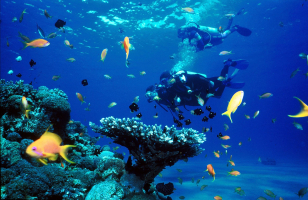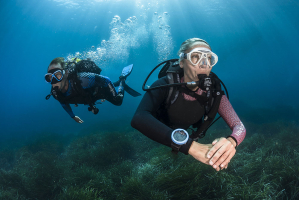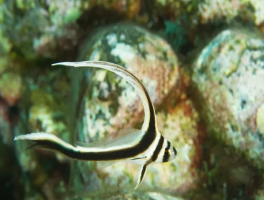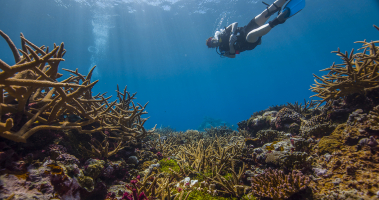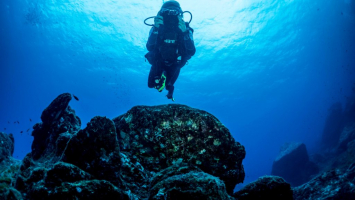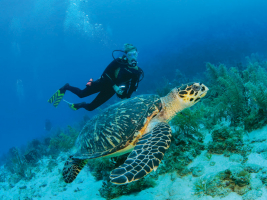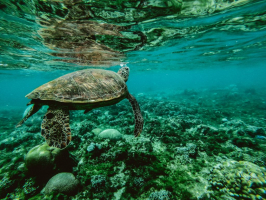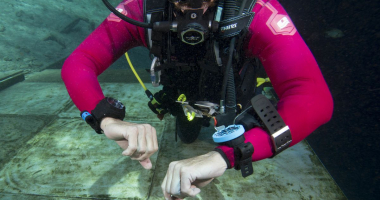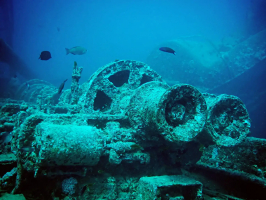Top 7 Best Diving Sites in Palau
Some visitors travel to Palau only for the sun and beach, as well as to Kayak between hundreds of little deserted islands to watch birds and other animals. But ... read more...mostly they come to explore Best Diving Sites in Palau. Divers of all levels of expertise may enjoy a range of underwater adventures, ranging from wreck diving to reef diving to drift diving.
-
When divers think about diving in Palau, Blue Corner is perhaps the first place that springs to mind. This legendary dive location is credited with inventing reef hook diving. A reef hook is a piece of webbing that attaches to a BCD and has a tiny hook on one end and a snap on the other.
Blue Corner is a beautiful ridge that stretches down into the water at 45-60 feet (15-20 meters). The ridge's slopes plunge to the depths. The coral reef is a fantastic place for divers of all ability levels when there is no current. The richness of both hard and soft corals will delight novice divers.
Blue Corner, on the other hand, is a fantastic drift dive when the current is present and should only be explored by experienced divers. The intensity and even direction of the currents can vary very quickly. Reef hooks, which are anchored to rock, are utilized when the current becomes too strong.
When the reef hook is in position, inflate your BCD with a little air and you'll remain in place above the reef like a kite on a windy day. The highest number of huge pelagics, such as reef sharks, can be spotted under conditions like these. Many visitors consider this to be one of the Best Diving Sites in Palau.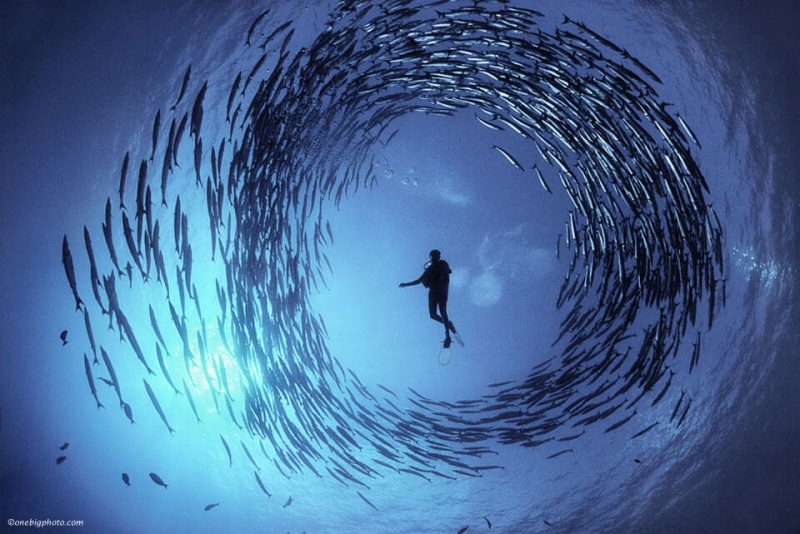
https://www.reddit.com/ 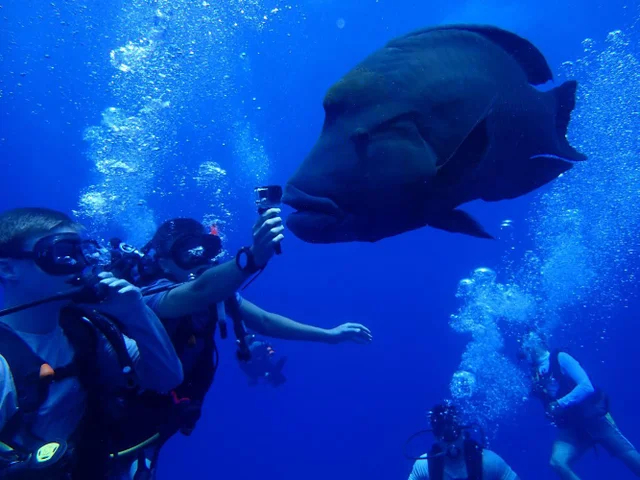
https://www.reddit.com/ -
Blue Holes, an underwater tunnel with four openings that lowers to roughly 120 feet/ 35 meters, is located near Blue Corner. You might spend an entire dive exploring this vast cavern, but if you plan ahead, you can depart either a lower exit or a "window" in the wall. Many visitors consider this to be one of the Best Diving Sites in Palau.
Once outside, you may float along the wall depending on the current, and within a few minutes, you'll be at Blue Corner, ready to hook into the reef and watch the pelagic activity. Blue Holes is a massive cavern in Palau that provides the ideal backdrop of ambient light, vivid blue water, and silhouette effects for the ultimate zoomed out photo viewpoint.
Blue Holes is the place to go if you want to take that ONE amazing shot of yourself enjoying the beauty of the ocean on your way home from Palau. Divers may take turns capturing the ideal photo of their dive mates entering the amphitheater-sized cavern covered in whip corals and schools of fish from above. Exploring the massive cavern might take up nearly the whole dive time, but good planning can lead to Palau's most epic dive: entering Blue Holes and ending up at Blue Corner.
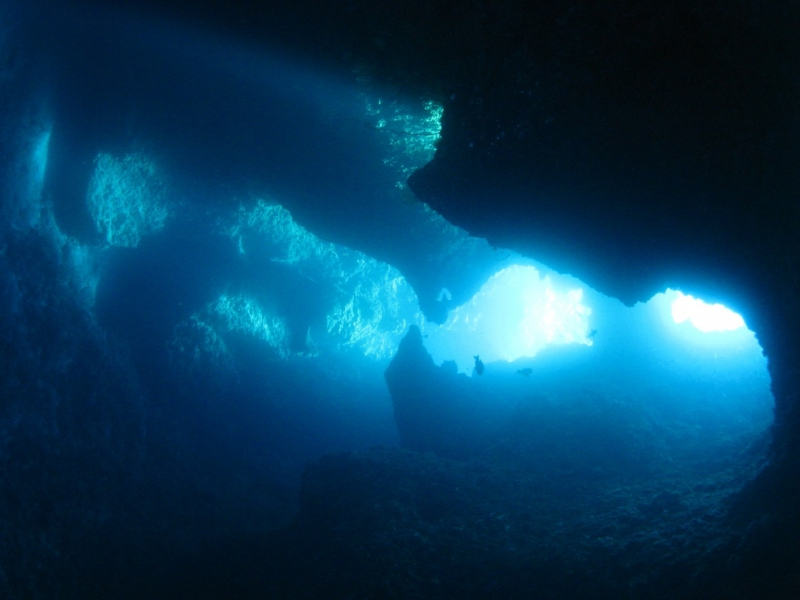
https://www.istockphoto.com/ 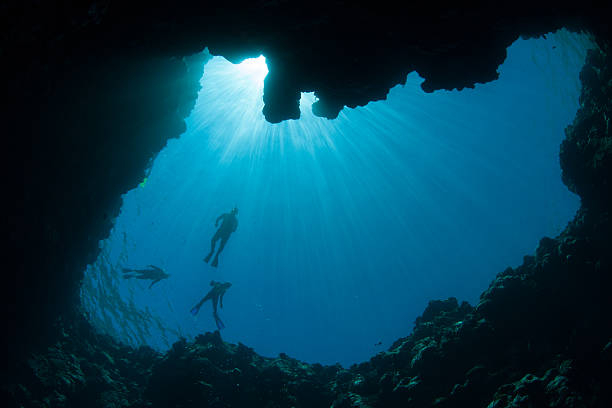
https://www.istockphoto.com/ -
If you ask an experienced diver about diving with manta rays, German Channel will undoubtedly come up. Because the German Channel is endowed with a few Manta Ray cleaning stations, here is the site where you will be able to witness these huge rays every day.
These cleaning stations are located on the reef's slopes, surrounded by a sandy bottom at a depth of 30 to 40 feet. Cleaner fish eliminate parasites from the rays' skin when mantas and sharks glide over these slopes, find a free station, and hover in place. German engineers in Palau blew a hole in the atoll and excavated a canal between the inner lagoon and the outer sea over a century ago.
They accomplished this to lessen the risk and time involved in transporting phosphate from the mines to the port, where it would be sent to Europe. Today, the incoming tides send powerful currents into the lagoon, and these currents carry nutrient-rich waters from the depths, which the rays take advantage of by stationing themselves near the channel's entrance.
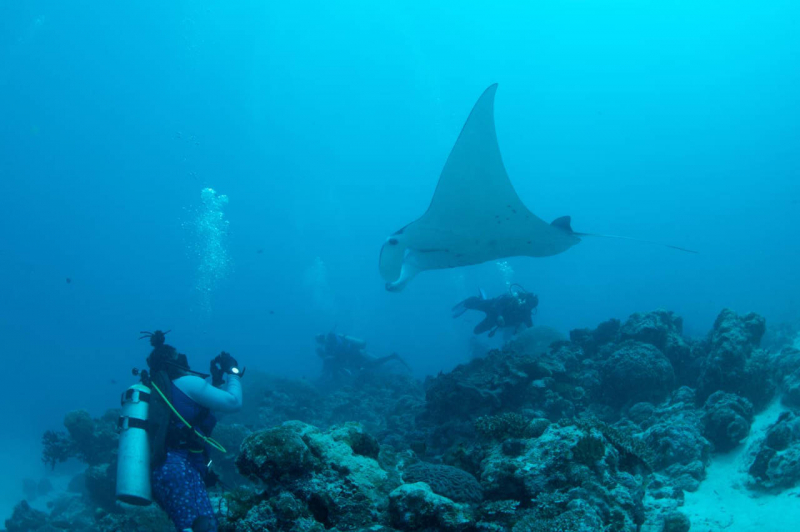
https://www.diveninjaexpeditions.com/palau 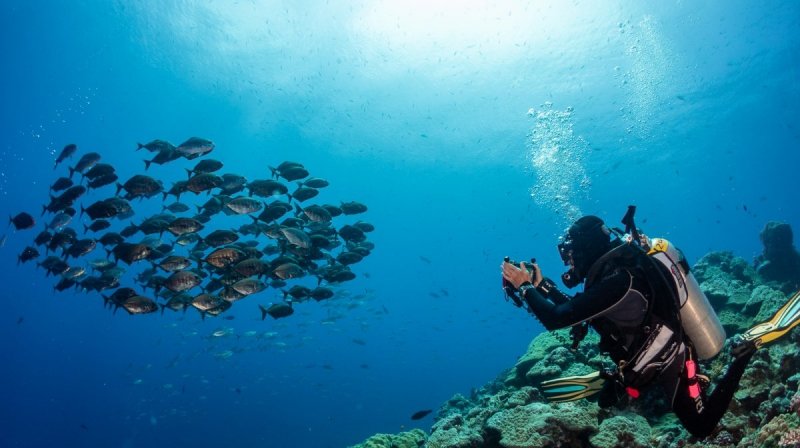
https://www.diveninjaexpeditions.com/palau -
If you dive into Chandelier Cave, you'll see why it's called that. Five rooms with stalactites and stalagmite formations are ready to be explored. In scuba diving jargon, the place is called "cave," however it is actually underwater caverns.
In terms of diving, the main distinction between a cavern and a cave is that a cavern allows you to see the entry light. The light of the entrance may be seen all the way to the far end of Chandelier Cave. Underwater visibility in caves is usually excellent if the cave floor is not disturbed.
The name Chandelier Cave comes from the unique stalactites and limestone structures that have grown over millennia and resemble lovely chandeliers. Shrimps and crabs live in the sponges in the caverns, and if you're lucky, you could even encounter the elusive Mandarin Fish.
This dive's maximum depth is roughly 10 meters. If you turn off your torch, you'll be thrown into full darkness at first, but if you wait a few minutes, the cave's entrance will appear in a dim glimmer. Perhaps not a dive for those who dislike enclosed confines, but certainly one to remember! Many visitors consider this to be one of the Best Diving Sites in Palau.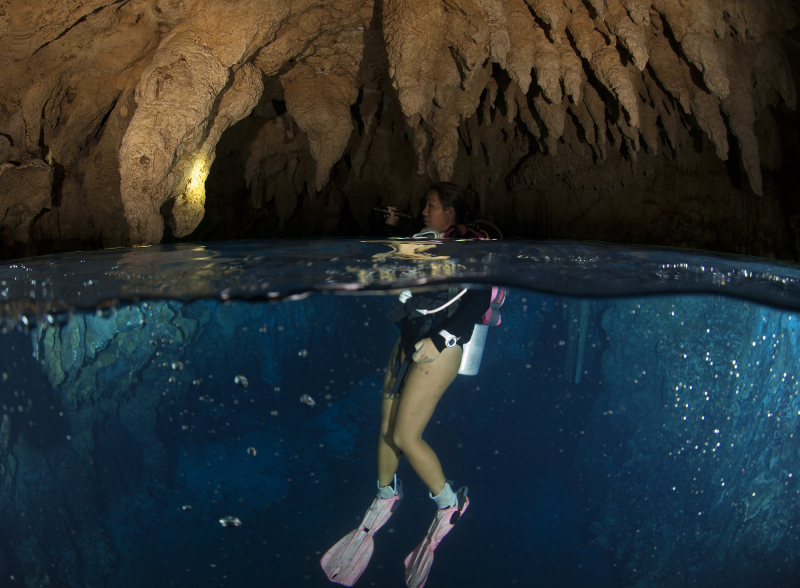
https://fotodive.ch/ 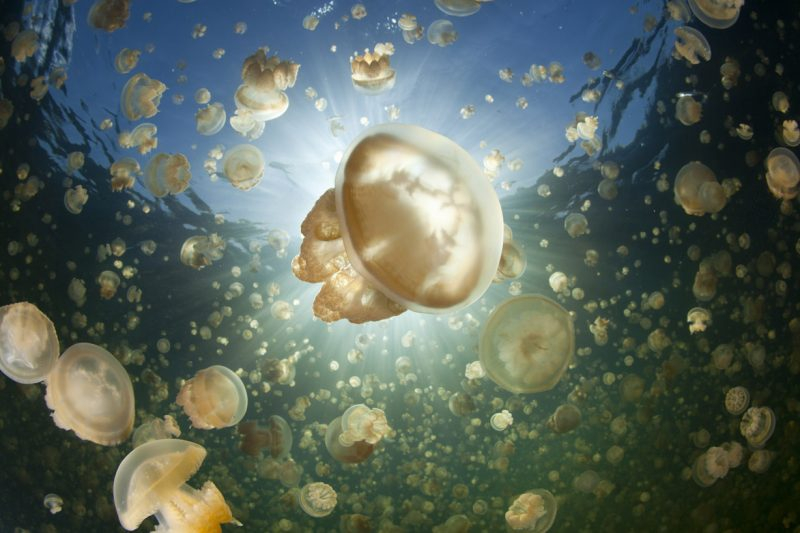
https://www.diveninjaexpeditions.com/ -
Of course, for those of you who enjoy getting a look into the past by visiting wrecks, there is enough to see. There are others spread across Palau, but the Helmet Wreck is a perennial favorite with divers from all over the world. It's built on a slant, with the bow being higher than the stern.
The Helmet Wreck's maximum depth is roughly 30 m, with the topmost component resting in only 10 m of water. The ship is extensively coated with different corals and rests straight on the bottom. There are many things to observe and learn about, such as the rifle barrel and gun mount.
The ship is extensively coated with different corals and rests straight on the bottom. There are many things to observe and learn about, such as the rifle barrel and gun mount. The tiny supply vessel was hit on the starboard side, and the explosion blew a huge hole in the ship, allowing access to the main cargo hold.
Its ruin was discovered just recently, in 1990, and all attempts to uncover the ship's true name have so far failed. The wreck is roughly 180 feet/60 meters long and 30 feet/10 meters broad, and it is mostly undamaged. Many visitors consider this to be one of the Best Diving Sites in Palau.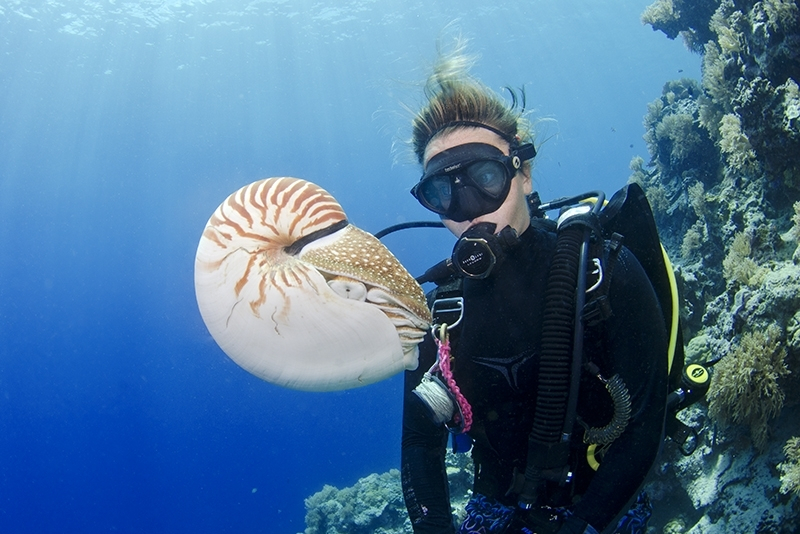
https://www.flickr.com/ 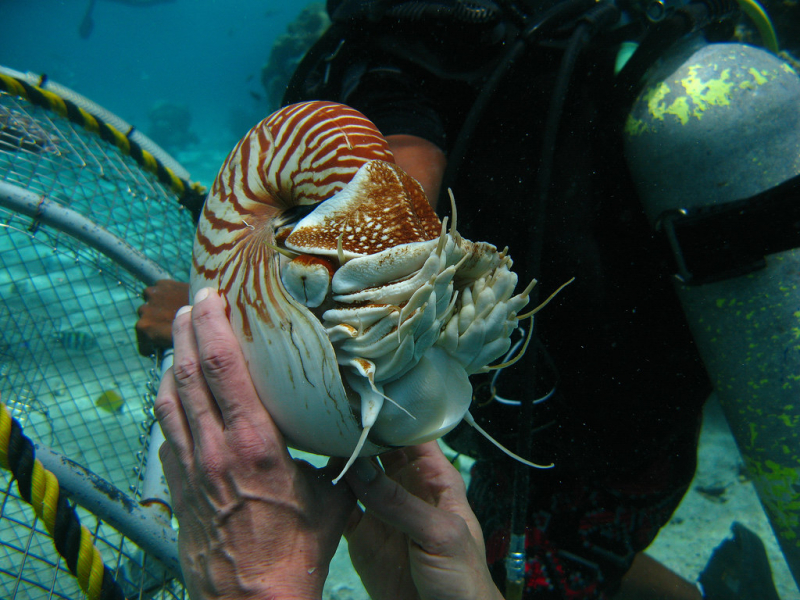
https://www.flickr.com/ -
Peleliu Wall is a piece of Palau's wall that connects two additional excellent expert scuba diving destinations. Peleliu Cut stretches down the western side of Peleliu Island and finishes with Peleliu Corner, the deepest reef feature in Palau.
The top of the reef is a plateau that progressively drops from 30 feet to 90 feet at the Peleliu Expressway diving spot. Most of the time, the current is flowing in one direction, and the entrance point is usually immediately next to the wall. Divers should stay close to the wall on their left and keep an eye on the current as they follow the wall down to 80-90 feet.
The Peleliu Wall is one of Palau's most stunning and deepest wall dives. Peleliu Wall is notable for its tremendous pelagic action, deep canyons and fissures, and high sides covered with large sea fans and magnificent corals.
This is also one of Palau's deepest dive destinations, with canyons, caverns, and fissures that house a variety of marine life. This spot, which is ideal for seeing huge "blue water" animals including pygmy killer whales, silvertip sharks, and other large fish, may be reached by a diving team.
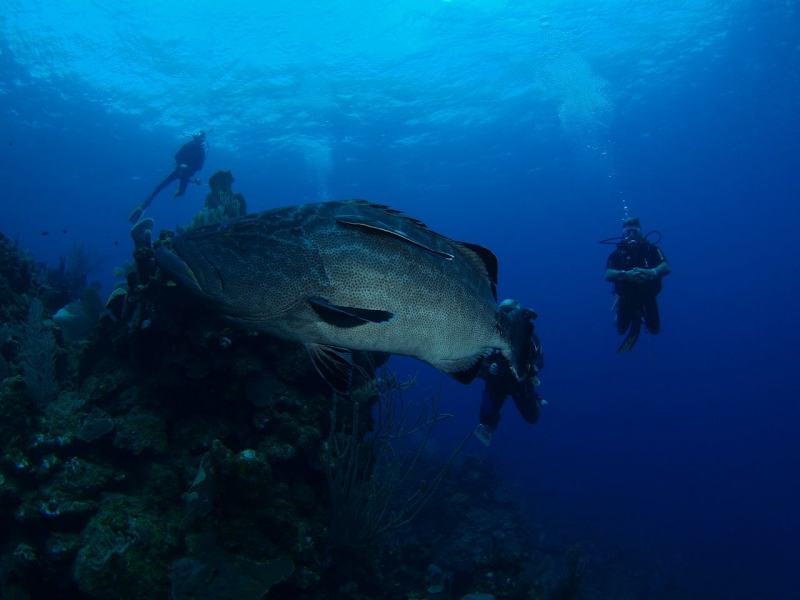
https://palaudiveadventures.com/ 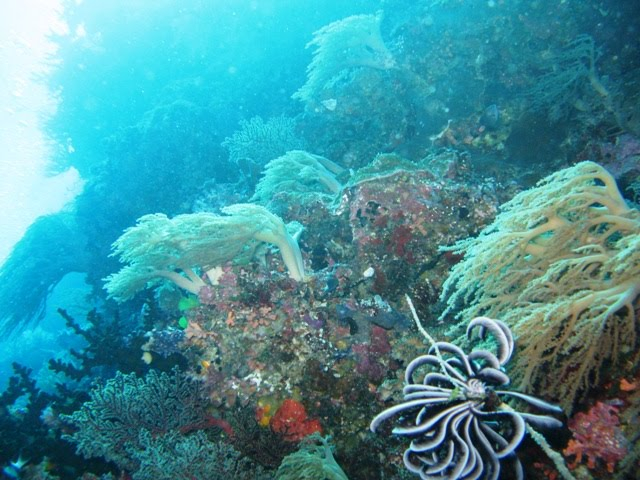
https://palaudiveadventures.com/ -
According to ongoing monitoring by the Coral Reef Research Foundation (CRRF), jellyfish populations are currently rising following losses caused by the 2016 drought in Palau. Similar conditions occurred in 1998, decimating jellyfish populations but allowing them to fully recover once conditions returned to normal.
The unique ecosystems found inside these marine lakes across the Rock Islands Southern Lagoon (RISL) constituted a significant reason for the RISL being designated as a World Heritage Site. Some may be perplexed as to why the well-known Jellyfish Lake is not listed among Palau's greatest diving locations.
There are several reasons for this, the most prominent of which being the fact that it is not a dive site. Only snorkeling is permitted to protect the lake's sensitive environment, which has been severely disrupted by the recent drought, which has resulted in the extinction of the majority of the jellyfish in Jellyfish Lake. It is currently fully closed to visitor travel till further notice.
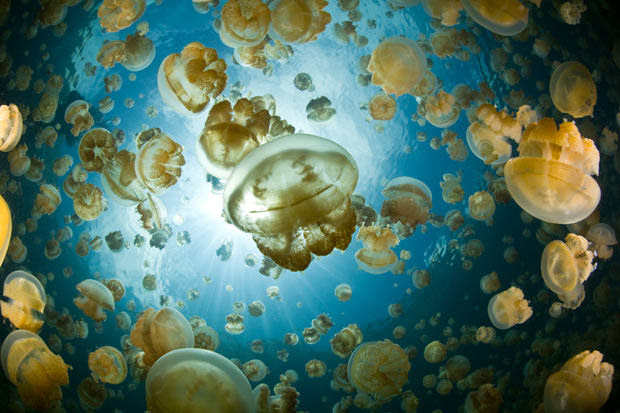
https://palaudiveadventures.com/ 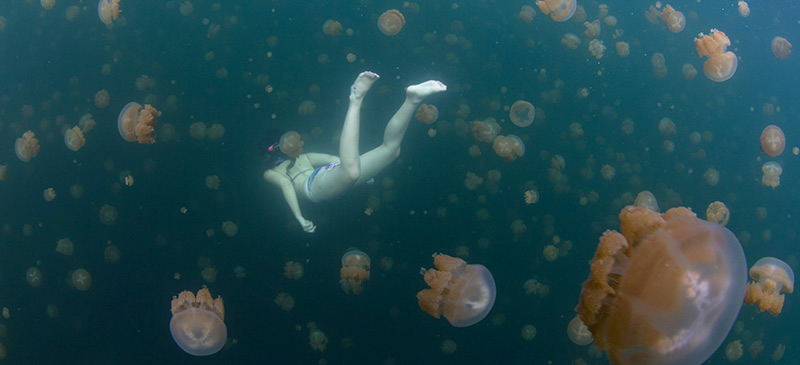
https://palaudiveadventures.com/









